Dita Tree (Alstonia scholaris)
- October 31, 2024
- 0 comment
The Dita Tree, scientifically known as Alstonia scholaris, is a prominent tree native to tropical and subtropical regions across Asia and Australia. Known for its robust ecological role, the Dita Tree is often recognized for its ability to improve soil health and stabilize ecosystems, making it an important part of diverse habitats.

This tree not only plays a role in supporting biodiversity but also has historical significance in traditional medicine and indigenous culture.
What Is a Dita Tree?
The Dita Tree (Alstonia scholaris) belongs to the Apocynaceae family, commonly known as the dogbane family. This evergreen tree is characterized by its glossy, leathery leaves arranged in whorls around the stem, typically in groups of seven. The Dita Tree blooms with clusters of small, fragrant flowers that are white to pale green, attracting pollinators such as bees and birds. Its bark, often grayish and smooth, is also notable for containing a bitter, latex-like substance used traditionally in medicinal remedies.
| Characteristic | Details |
|---|---|
| Scientific Name | Alstonia scholaris |
| Common Names | Blackboard Tree, Devil Tree, Scholar Tree |
| Family | Apocynaceae |
| Native Region | Tropical and subtropical regions of Asia and Oceania |
| Plant Type | Evergreen tree |
| Size | Can grow up to 20-30 meters tall |
| Leaves | Whorled, leathery, glossy green leaves |
| Flowers | Small, fragrant white to pale green flowers |
| Propagation | Grown from seeds or cuttings |
| Drought Tolerance | Moderate tolerance; can adapt to dry conditions once mature |
| Cultural Uses | Used in traditional medicine, especially in Ayurvedic practices |
| Ecological Role | Improves soil health, stabilizes soil, provides wildlife habitat |
| Notable Species | Alstonia scholaris is the most widely recognized in the genus |
| Hardiness Zones | Suitable for USDA hardiness zones 10-12 |
| Growth Rate | Moderate to fast growth rate |
| Lifespan | Can live for over 50 years, especially in tropical climates |
One of the unique traits of the Dita Tree is its tolerance to various soil types and its adaptability to different climates, which contributes to soil stabilization and health in its natural habitat. Interestingly, the tree’s wood has been historically used to make slates for writing, hence its species name “scholaris.”
Different Types of Dita Tree Species
While Alstonia scholaris is the most widely known species, other species within the Alstonia genus vary slightly in appearance and habitat:
Alstonia Macrophylla (Hard Alstonia)
Known for its larger leaves, this species is found primarily in Sri Lanka and the Philippines.
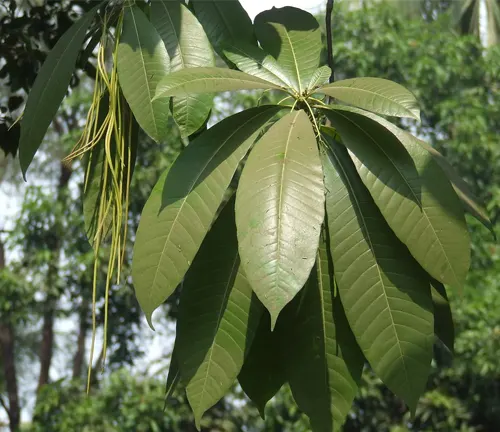
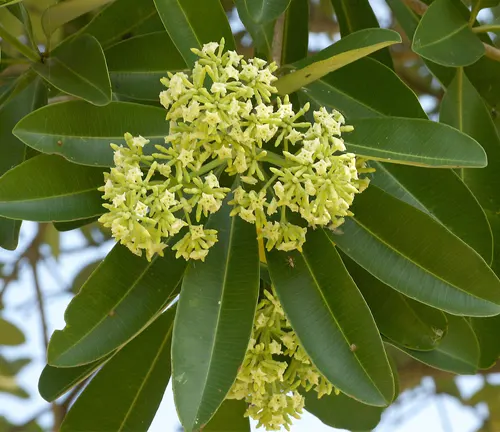
Alstonia Angustiloba (White Cheesewood)
This species has narrower leaves and a more slender trunk, growing in areas like Malaysia and Indonesia.
Different species of Alstonia trees adapt to local ecosystems, each contributing in unique ways to the biodiversity and ecological balance of their respective regions. Whether by enhancing soil nutrients or offering shelter to native fauna, the Alstonia species collectively supports ecological resilience.
Where Do Dita Trees Grow?
Dita Trees thrive in tropical and subtropical regions, with natural distributions extending across India, Southeast Asia, Australia, and the Pacific Islands. They are commonly found in forests, along riverbanks, and in open woodlands, where they benefit from warm, humid conditions. Dita Trees exhibit a strong adaptability to varying climates, from tropical rainforests to drier, subtropical zones, and they can even tolerate urban environments, making them ideal for reforestation projects and soil stabilization efforts.
In these habitats, Dita Trees serve as soil stabilizers, especially in areas prone to erosion. They provide essential shelter to local wildlife and contribute to the forest canopy, maintaining biodiversity and ecological stability.
How to Grow and Care for Dita Tree
Growing a Dita Tree in a home garden or urban landscape requires specific care to ensure its health:
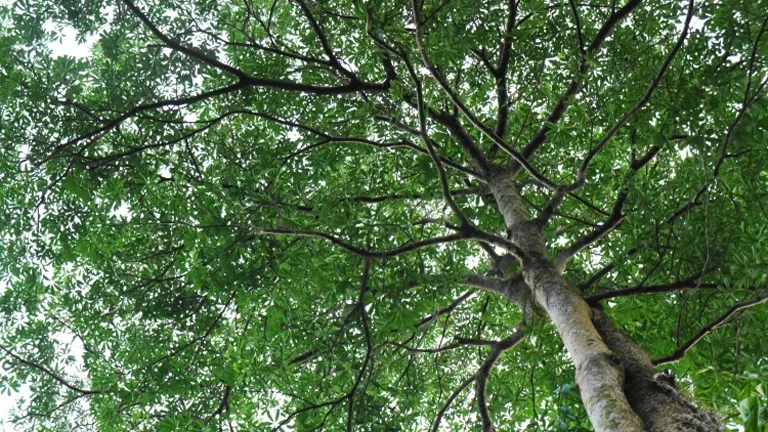
- Soil: Dita Trees prefer well-drained, slightly acidic to neutral soil. Sandy or loamy soils work best.
- Watering: Although moderately drought-tolerant once mature, young Dita Trees require consistent moisture to establish strong roots.
- Sunlight: Full to partial sunlight is ideal, as these trees thrive in warm climates and need ample light for healthy growth.
For propagation, Dita Trees can be grown from seeds or cuttings, though seed propagation is more common. It’s important to prune dead or unhealthy branches regularly to encourage healthy growth and monitor for common pests that might affect foliage or bark.
Ecological Benefits of Dita Tree
The Dita Tree plays a significant ecological role in improving soil quality and supporting biodiversity. Its extensive root system prevents erosion, stabilizing soil even on sloped terrain. Additionally, it enriches soil with organic matter from fallen leaves, contributing to nutrient cycling and enhancing fertility. This makes it invaluable for reforestation and land reclamation projects.
The Dita Tree also acts as a habitat provider for various bird species and insects, creating a micro-ecosystem that boosts local biodiversity.
Dita Tree Flowering and Pollination
Dita Trees bloom between October and February, producing small, fragrant flowers in clusters. The flowers are white to pale green, emitting a mild fragrance that attracts a range of pollinators, including bees, butterflies, and birds. The pollination process not only supports the reproduction of the Dita Tree but also offers resources for local pollinators, creating a symbiotic relationship that benefits the ecosystem.
Is Dita Tree Drought-Tolerant?
While Dita Trees are known for their hardiness, they are moderately drought-tolerant and can withstand dry conditions once mature. This resilience to water scarcity makes them suitable for regions with seasonal rainfall. However, prolonged droughts can stress the tree, so occasional watering during dry spells can help maintain its health in urban or garden settings.
Dita Tree and Wildlife Interactions
The Dita Tree’s dense canopy and wide-reaching branches offer shelter and nesting sites for birds and small mammals. Its flowers attract pollinators, while the seeds provide food for certain bird species. In tropical forests, Dita Trees often support a variety of insects, which in turn attract larger predators, creating a balanced ecosystem.
Conclusions
The Dita Tree (Alstonia scholaris) holds significant ecological, cultural, and environmental value. Beyond its benefits to soil health and biodiversity, it stands as an essential resource for reforestation and ecosystem restoration projects. With its ability to withstand various climates, support wildlife, and stabilize soil, the Dita Tree is a testament to nature’s resilience and adaptability.
Through conservation and awareness efforts, the Dita Tree continues to contribute to sustainable ecosystems, supporting environmental health and biodiversity.
Frequently Asked Questions (FAQs)
- What is the scientific name of the Dita Tree?
The scientific name is Alstonia scholaris, and it belongs to the Apocynaceae family. - What are the main characteristics of the Dita Tree?
It has glossy, leathery leaves, small fragrant flowers, and a smooth gray bark. Its leaves are arranged in whorls, and it can grow quite tall. - Where is the Dita Tree commonly found?
The Dita Tree grows in tropical and subtropical regions across Asia, Australia, and the Pacific Islands, favoring warm, humid climates. - How does the Dita Tree benefit the environment?
The Dita Tree stabilizes soil, prevents erosion, and improves soil fertility. It also provides shelter and food for wildlife, supporting local biodiversity. - Is the Dita Tree drought-tolerant?
Yes, once mature, the Dita Tree can withstand droughts and dry conditions, although it prefers consistent moisture. - When does the Dita Tree flower?
The tree typically flowers between October and February, producing small, white to pale green flowers that attract bees and other pollinators. - How can you grow and care for a Dita Tree?
Plant in well-drained soil with full to partial sunlight, water regularly when young, and prune as needed to maintain health. - What role does the Dita Tree play for local wildlife?
It provides nesting sites, attracts pollinators, and offers food sources, creating a mini-ecosystem beneficial to birds, insects, and small mammals.
We hope this guide has highlighted the ecological and cultural value of the Dita Tree (Alstonia scholaris). Have experiences or ideas on growing or conserving Dita Trees? Share below to inspire others and promote sustainable practices. Don’t forget to share this guide with those dedicated to preserving biodiversity and our natural ecosystems.


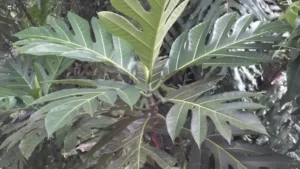
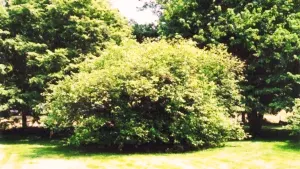
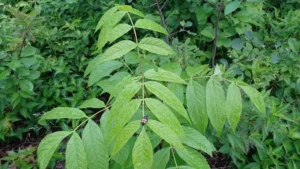
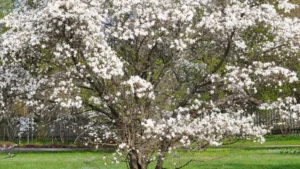
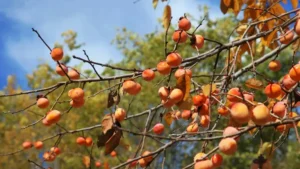
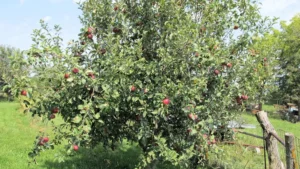
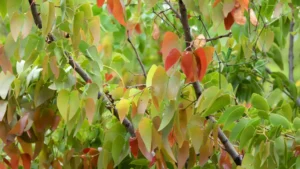
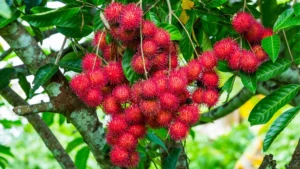
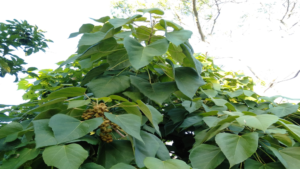

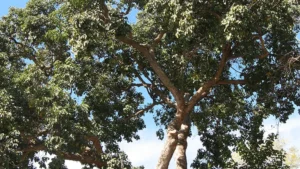
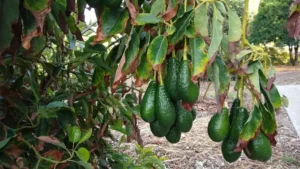
Leave your comment